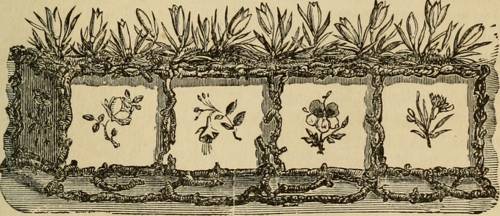
FAQ About Air Movement Effects on Indoor Plant Growth

How does air movement affect indoor plant growth?
Air movement influences indoor plant growth by enhancing photosynthesis, reducing the risk of disease, and strengthening plant structures. It facilitates the exchange of gases, such as carbon dioxide and oxygen, essential for photosynthesis. Proper air circulation can also deter mold and fungal infections by keeping the plants dry.

Why is air circulation important for nutrient uptake in indoor plants?
Air circulation aids in even distribution of carbon dioxide and prevents stagnation around the leaves, which is crucial for photosynthesis and overall nutrient uptake. Good air movement ensures that indoor plants have access to fresh CO2 while dissipating the heat around leaves, thereby enhancing stomatal function and nutrient absorption through the roots.

What are the signs that an indoor plant needs better air circulation?
Signs of poor air circulation in indoor plants include drooping leaves, mold growth, yellowing leaves, and stunted growth. If the air is stagnant, plants may also present signs of stress like browning at the tips of leaves or a musty smell in the room.

Can excessive air movement be harmful to indoor plants?
Yes, excessive air movement can be detrimental to indoor plants. Constant strong drafts can lead to water loss through transpiration faster than the plant can absorb it, leading to dehydration. It can also cause physical damage like leaf tearing or bending.

What is the best way to ensure optimal air movement for indoor plants?
To ensure optimal air movement, use a small oscillating fan to gently move the air around your plants. Place the fan in a position where it provides a gentle breeze without directly blowing on the plants. Regularly rotating your plants can also help them receive even air distribution.

How can positioning affect air circulation for indoor plants?
Positioning affects air circulation as placing plants too close to walls or in corners can limit airflow. Grouping plants together can also reduce the overall air movement each plant receives. Ideally, space plants so that air can circulate freely around each one.

What types of indoor plants benefit the most from air movement?
Most indoor plants benefit from some degree of air movement, but species such as ferns, palms, and Philodendrons, which are prone to fungal issues, particularly thrive in conditions with good air circulation. These plants find enhanced growth and reduced disease risk in adequately aerated environments.

How often should I adjust the air movement for my indoor plants?
Regularly evaluate air flow when environmental conditions change, such as when seasons change or if a new plant arrangement is made. As a general rule, assess the air movement every few weeks or after notable environmental changes occur. Adjust fan settings or plant positioning to maintain optimal airflow.

Is natural airflow from windows adequate for indoor plant growth?
Natural airflow from windows can be beneficial but may not always be sufficient depending on the plant's location and surrounding barriers. Open windows can introduce fresh air, but it may not consistently reach all corners of indoor spaces. Additional mechanical airflow might be necessary for comprehensive circulation.

Do different species of indoor plants require different levels of air movement?
Yes, different species require varying degrees of air movement. Tropical plants, which are used to humid environments, might thrive with higher humidity and less air flow compared to desert plants like succulents, which prefer drier air and more direct air movement to avoid rot.
